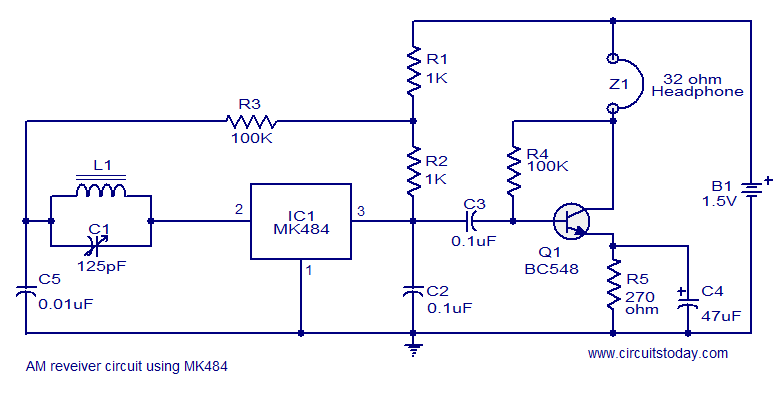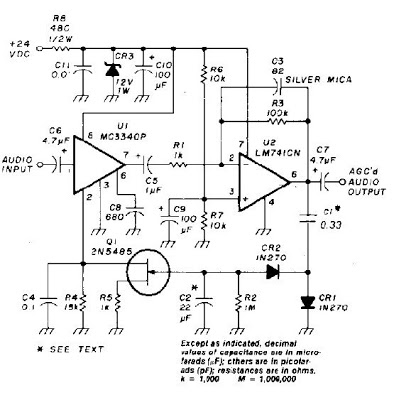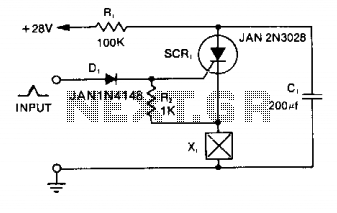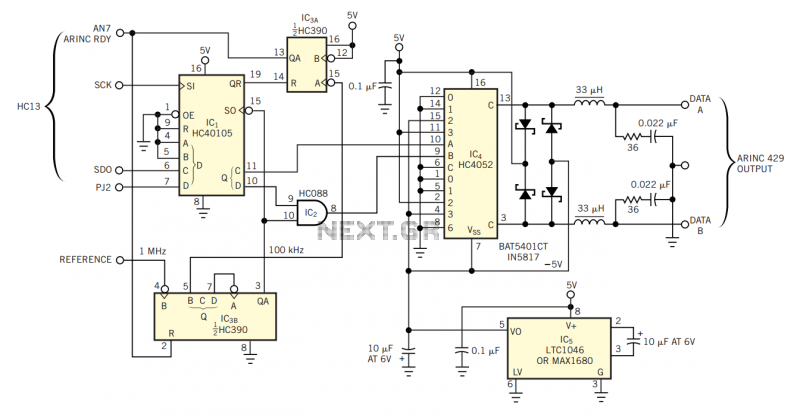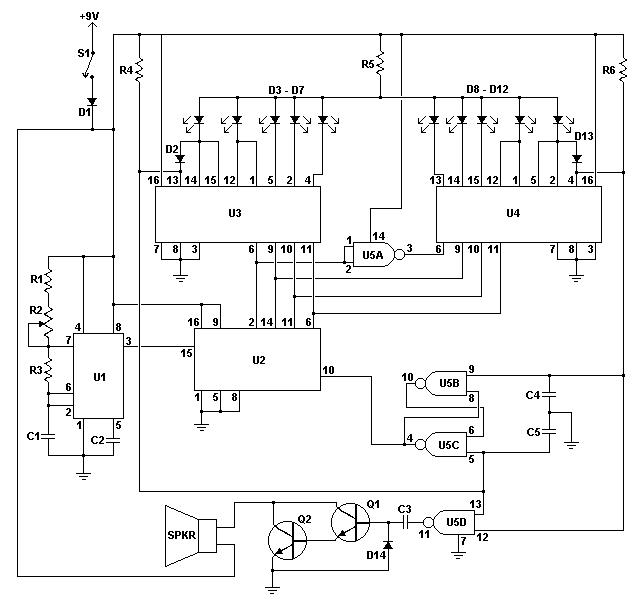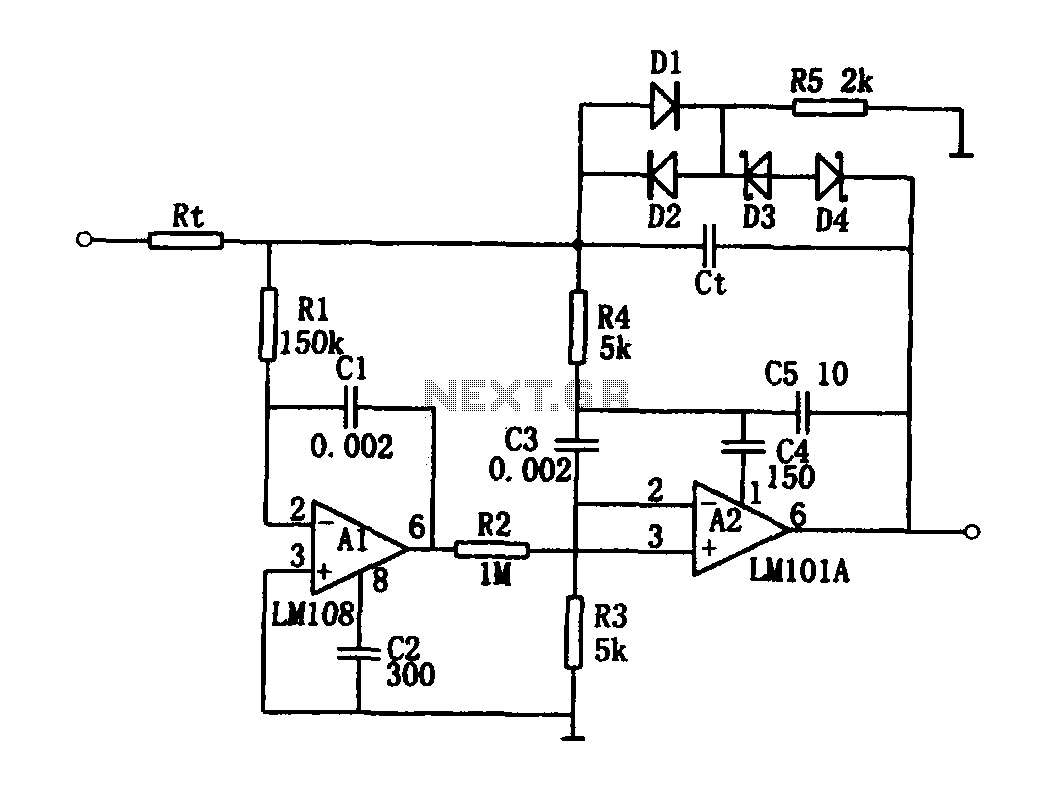
Windspeed Indicator Circuit With LM7805 IC
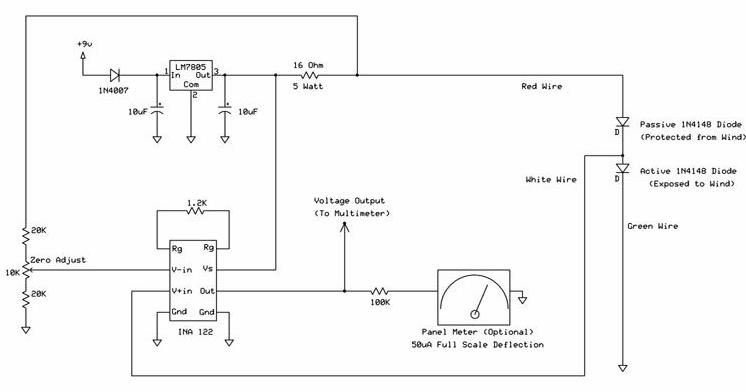
The following circuit illustrates a wind speed indicator circuit. It operates with a constant 5 VDC output provided by the LM7805 voltage regulator, using a 9 VDC supply.
The wind speed indicator circuit is designed to measure and display wind speed in a user-friendly manner. The core of the circuit is the LM7805 voltage regulator, which ensures that the circuit receives a stable 5 VDC power supply. This is critical for the accurate operation of the sensing and display components.
The circuit typically incorporates a wind speed sensor, such as a small anemometer, which converts wind speed into an electrical signal. This sensor is connected to an analog-to-digital converter (ADC) if a digital display is utilized, allowing the microcontroller to interpret the sensor's output. The microcontroller processes the input data and drives a display, which may be an LCD or LED screen, to show the wind speed in real-time.
The 9 VDC supply serves as the input voltage for the LM7805 regulator, which steps down the voltage to 5 VDC. This regulator is chosen for its simplicity and reliability, making it suitable for various applications in electronic circuits. Additional components may include resistors, capacitors, and diodes, which help stabilize the voltage and protect the circuit from potential damage due to voltage spikes.
Overall, the wind speed indicator circuit is a practical application of basic electronic principles, combining sensors, microcontrollers, and voltage regulation to provide a functional and informative device for measuring wind speed.the following circuit shows about Windspeed Indicator Circuit. Features: down to a constant 5 VDC by the LM7805 voltage regulator, 9 VDC supply .. 🔗 External reference
The wind speed indicator circuit is designed to measure and display wind speed in a user-friendly manner. The core of the circuit is the LM7805 voltage regulator, which ensures that the circuit receives a stable 5 VDC power supply. This is critical for the accurate operation of the sensing and display components.
The circuit typically incorporates a wind speed sensor, such as a small anemometer, which converts wind speed into an electrical signal. This sensor is connected to an analog-to-digital converter (ADC) if a digital display is utilized, allowing the microcontroller to interpret the sensor's output. The microcontroller processes the input data and drives a display, which may be an LCD or LED screen, to show the wind speed in real-time.
The 9 VDC supply serves as the input voltage for the LM7805 regulator, which steps down the voltage to 5 VDC. This regulator is chosen for its simplicity and reliability, making it suitable for various applications in electronic circuits. Additional components may include resistors, capacitors, and diodes, which help stabilize the voltage and protect the circuit from potential damage due to voltage spikes.
Overall, the wind speed indicator circuit is a practical application of basic electronic principles, combining sensors, microcontrollers, and voltage regulation to provide a functional and informative device for measuring wind speed.the following circuit shows about Windspeed Indicator Circuit. Features: down to a constant 5 VDC by the LM7805 voltage regulator, 9 VDC supply .. 🔗 External reference
Warning: include(partials/cookie-banner.php): Failed to open stream: Permission denied in /var/www/html/nextgr/view-circuit.php on line 713
Warning: include(): Failed opening 'partials/cookie-banner.php' for inclusion (include_path='.:/usr/share/php') in /var/www/html/nextgr/view-circuit.php on line 713
